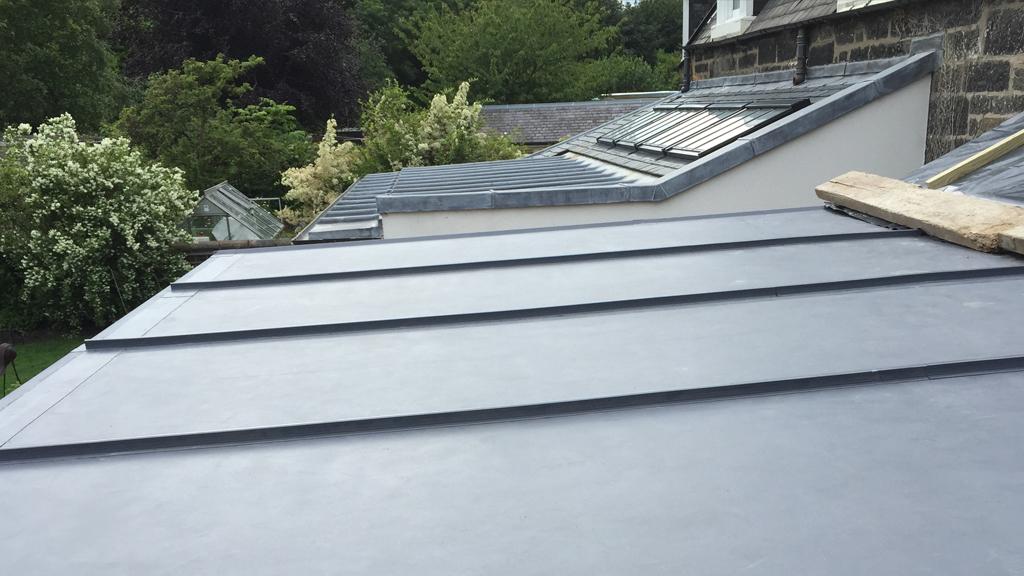Single ply roofing installation is a widely used method for creating durable and cost-effective roofing solutions for various types of buildings. Whether you’re constructing a new structure or replacing an existing roof, understanding the process of single ply roofing installation is essential. In this article, we will provide a comprehensive guide to the installation of single ply roofing, covering key steps, benefits, and considerations.

Understanding Single Ply Roofing:
Single ply roofing refers to a type of roofing system that consists of a single layer of synthetic or thermoplastic membrane. These membranes are designed to provide waterproofing and protection for the building while offering flexibility, durability, and ease of installation.
Key Steps in Single Ply Roofing Installation:
- Surface Preparation: Properly prepare the roof substrate before installation. This involves ensuring that the surface is clean, smooth, and free from debris. Remove any existing roofing materials and perform necessary repairs to the substrate.
- Membrane Installation: The single ply membrane is rolled out over the roof surface and positioned according to the layout plan. Attach the membrane to the roof deck using methods like adhesive, mechanical fasteners, or heat welding.
- Seaming: Seaming is a crucial step in single ply roofing installation. Seal the edges and seams of the membrane to establish a watertight barrier. You can achieve this through methods such as heat welding, adhesive bonding, or other approved techniques.
- Flashing Installation: Install flashing, encompassing materials like drip edges and penetrations, to properly seal vulnerable areas against water infiltration. Flashing materials must be compatible with the single ply membrane.
- Roof Accessories: Install roof accessories like vents, skylights, and HVAC units atop the single ply membrane. Proper installation and sealing of these accessories are essential to maintain the integrity of the roofing system.
Benefits of Single Ply Roofing:
- Cost-Effective: In comparison to traditional roofing systems, single ply roofing frequently proves more cost-effective. The installation process is efficient, and the materials used are relatively affordable.
- Durability: Single ply membranes undergo crafting to withstand diverse weather conditions, including UV rays, extreme temperatures, and moisture. They have a long lifespan and require minimal maintenance.
- Energy Efficiency: Some single ply roofing membranes are available in reflective colors that help reduce heat absorption, contributing to improved energy efficiency and reduced cooling costs.
- Flexibility: Single ply roofing membranes are flexible and can accommodate the movement of the building without compromising their integrity. This is particularly important for buildings with structural shifts.
Considerations for Successful Installation:
- Material Selection: Choose a single ply roofing membrane that is appropriate for your climate, building type, and budget. Common options include EPDM, TPO, and PVC membranes.
- Professional Installation: Single ply roofing installation requires expertise and proper training. Hire experienced roofing contractors with a proven track record in installing single ply roofing systems.
- Manufacturer Guidelines: Follow the manufacturer’s guidelines for installation, including seam spacing, attachment methods, and temperature requirements. Adhering to these guidelines ensures a successful installation.
Conclusion:
Single ply roofing installation offers a reliable and efficient solution for creating durable and watertight roofs. By understanding the key steps, benefits, and considerations of single ply roofing, you can make informed decisions for your roofing project. Whether you’re a homeowner or a commercial property owner, working with experienced professionals and following best practices will ensure the successful installation of a single ply roofing system that provides long-lasting protection and peace of mind.



Leave a Reply